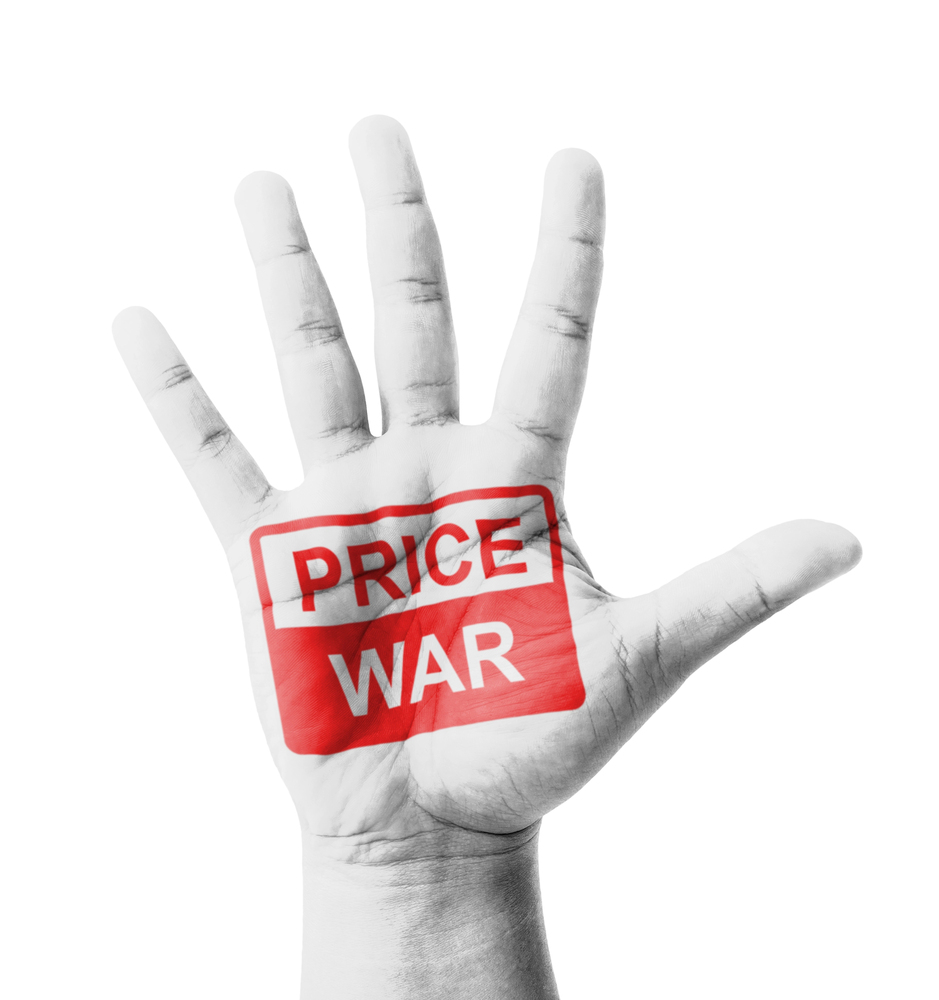Price Wars: Causes, Consequences, and Strategies to Avoid Them

LINKS TO CONTENT
ToggleFierce competition in the business world is not a secret to anyone, and price wars are nothing new. However, the consequences of this phenomenon should not be underestimated. It can cause dizzying upheavals in industries, significantly impacting customers, companies, and the market as a whole.
So, let’s find out what price wars are and how to avoid them in 2025.
A price war results from competing companies constantly cutting prices to outdo each other and gain a larger market share.
Of course, at first glance, dumping can be extremely useful and attractive to consumers. However, we should not forget that the continuous decline in the cost of goods and services deprives a business of its predicted stable profit, forcing it to make difficult decisions regarding current sales and long-term strategies.
For turbulence in the market, the appearance of one or several companies implementing aggressive pricing strategies is sufficient. The remaining participants are forced into a price war to maintain their competitiveness.
What happens if you don’t stop in time? The continuous cycle of price cuts is a race to the bottom and is destructive to business profitability.
The short-term appeal of this phenomenon to consumers cannot be understated. Of course, an excellent opportunity to purchase the necessary goods and services at the best prices is beneficial to many clients. However, price wars have far-reaching negative consequences for all market participants.
Companies involved in price wars often see their profit margins plummet. It is naturally followed by cost-cutting, namely, layoffs, reduced investment in development, and the release of lower-quality products.
Constant price cuts can significantly erode a brand’s credibility and the value of its offerings. Moreover, in the future, increasing prices without losing customers can be challenging.
Frequent price changes confuse customers, reduce their loyalty, and lead to a complete lack of trust in the market.
Keeping prices low is a task that may require even extreme measures, including reducing product quality or pressuring suppliers. It can harm the entire industry and lead to a decrease in overall standards.
Prolonged price wars invariably take a toll on the market, driving out less competitive companies and making it difficult for new ones to enter. Ultimately, it harms consumers by limiting choice.
We may not emphasize this, but price wars have occurred and are occurring in various industries.
One of the largest examples is the situation that rocked the American airline industry in the 1990s. Southwest Airlines launched low-cost flights, and major carriers responded by lowering prices. Financial difficulties were not long in coming, and airlines had to deal with them for many years.
Price wars have become an indispensable part of retail and telecommunications. The eternal confrontation between Walmart and Amazon or the fierce competition between mobile operators has become so familiar that it no longer causes surprise.
Given the disruptive nature of the phenomenon, businesses must be proactive and develop strategies to avoid price wars. Here are some effective recommendations for 2025.
Price wars are a double-edged sword that forces entrepreneurs to be extremely careful and forward-looking. We hope our recommendations will help you avoid problems and develop your business successfully!
